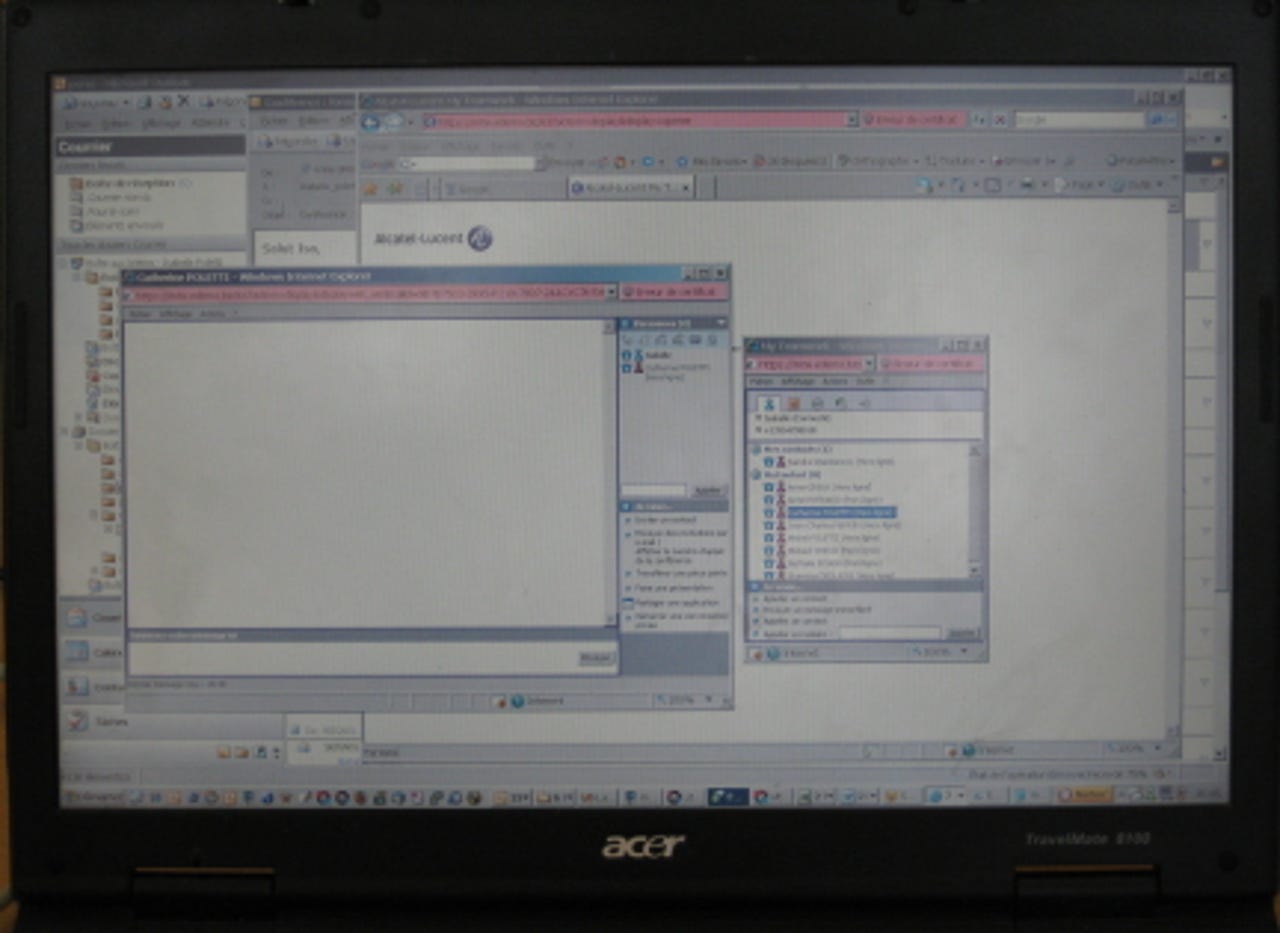Comms kit takes to the Alps for ultramarathons

The Ultra-Trail du Mont Blanc is one of the toughest ultramarathons in the world.
The trail, 166km long, takes runners up and down for a total distance of 9.4km. Starting and finishing in Chamonix, France, the race also passes through Switzerland and Italy. A maximum of 46 hours is allowed for completion.
The race's primary sponsor this year was sports-equipment company The North Face, with other sponsors including Garmin and Alcatel-Lucent.
Alcatel-Lucent provided several pieces of technology to the Ultra-Trail du Mont Blanc (UTMB) organisers. Firstly, the company's videoconferencing equipment was used in the preparation of the event, which involved around 1,300 volunteer workers. The servers handling these communications were based in Brest, France.
The company also supplied the PDAs (pictured) used at each checkpoint to read the RFID tags affixed to the back of participants' name tags. The captured data was then sent to databases hosted in Paris, and subsequently made accessible via a web-browser interface.

Alcatel-Lucent's unified-communications software also came into play. Besides helping the organisers communicate with each other, the software was used to send mass communications to the runners, who numbered around 2,500.
This system was established in anticipation of potential emergencies, such as having to halt the race in case of a serious change in weather. In the event, this year's race enjoyed fine weather; indeed, many runners dropped out due to temperatures being too high.
The winner of this year's UTMB was Catalan runner and mountaineer Kilian Jornet, who completed the course in just under 21 hours — almost an hour faster than the runner in second place.
Jornet was originally suspected of cheating, although this turned out not to be the case. The 20-year-old runner's age stood in sharp contrast to that of last year's 59-year-old winner. The average age of the participants in this year's UTMB was around 43 years.
Unlike the well-established UTMB, the Petite Trotte à Léon (PTL) race was held for the first time this year.
Even more arduous than the UTMB, the PTL is 220km long and takes runners a total distance of 17km up and down. A maximum of 100 hours is allowed for completion. Participants also do not have as set a route as that for the UTMB. Fifty-nine teams of three each participated in this inaugural race.
The race's control room is pictured above.
The organisers of the PTL used a Google Earth overlay to keep track of participants. Each team was issued with a GPS module — and four spare battery packs to give five days' potential use — which sent a text message to the control room every 15 minutes. The message contained a team identifier, date and time, GPS position and elevation.
As with the UTMB, each participant carried a mobile phone, so organisers could contact them if they were judged to have veered too far from the roughly defined course. The organisers could also have contacted participants to alert them of impending trouble, such as inclement weather or an imminent cliff.